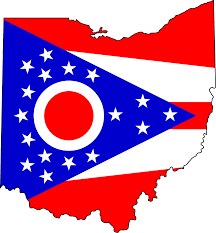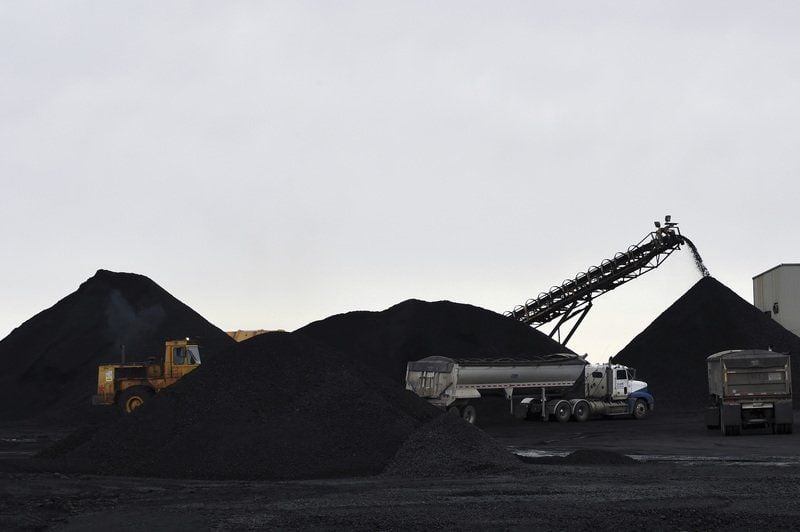More than 90 percent of the world’s largest companies put out a sustainability report. Two-thirds of the Fortune 100 have renewable energy goals and, according to the Business Renewables Center Deal Tracker. So far this year, companies have publicly announced their intention to purchase 3.86 gigawatts (GW) of renewable energy.
U.S. Renewable Energy Map: A Guide for Corporate Buyers

How will these customers access renewable energy? The answer may be green tariffs. Green tariffs make sense as a next-generation renewable power solution for customers, utilities and regulators due to the confluence of two trends:
- A growing number of commercial and industrial electricity customers want to significantly increase their use of renewable energy to meet sustainability initiatives and contribute to carbon emissions reductions.
- As the cost of renewable energy continues to decline, customers have become more likely to seek potential economic benefit by including long-term renewable contracts as part of their power mix.
Traditional green pricing programs provide access to renewable energy, but typically at a premium tied to the utility’s regular rate and often without access to the corresponding renewable energy credits, or RECs. Green tariffs, on the other hand, provide economic benefit by providing a long-term hedge against fluctuating fossil fuel prices because customers have locked in a fixed price for renewable energy that isn’t pegged to the regular rate.
Additionally, because green tariffs are bundled with renewable energy credits, they provide a verifiable way to achieve sustainability objectives, to which many large companies increasingly have pledged. A Smart Electric Power Alliance (SEPA) survey of a small sample of Fortune 500 companies found that 90 percent of their reported renewable energy consumption in 2016 was based on unbundled renewable energy credits. As I wrote in March, green power pricing generally involves unbundled renewable energy credits that neither add new renewable generation resources to the local grid nor provide the customer with renewable energy credits to retire or sell.
Green tariffs are more attractive to some customers than behind-the-meter alternatives, such as installing their own solar panels. Aside from the practical difficulty of generating large-scale power on their own, companies may prefer to focus on their own core business while leveraging the utility’s expertise in generation and distribution.
For utilities, green tariffs can be an improvement over historical green pricing plans in several ways. First, and importantly, they provide another attractive option for larger customers, helping retain and/or attract major commercial and industrial customers in their service territory.
Utilities also benefit from continued engagement in the decision process about where best to site new renewable generation resources, which helps ensure optimal operation of and value to the local grid. For example, as part of the negotiation of a new green tariff involving a power purchase agreement between a large industrial customer and a solar generation company, the utility is best positioned to know which points on the system are best suited to accommodate new generation, potentially reducing the overall project cost.
For regulators and other policymakers, green tariffs provide the opportunity to create an economic “ring fence” around contracts between utilities and their largest customers, ensuring that additional renewable capacity is built without subsidization to or from customers in other rate classes. Over the long term, this benefit should enable more approval of renewable projects with less controversy.
Dynamic Duos: Utility Green tariffs and Corporate Buyers
What should utilities look to do when creating green tariff deals – and what should they avoid? We’ll explore those questions during this Nov. 8 webinar while I speak with representatives of both sides of the same green tariff deal. I ask utilities and customers to describe the process from day one to execution. Heather Mulligan, market manager for solar programs at Puget Sound Energy – a pioneer in green tariffs – and Patrick Leonard, manager of energy and resource management at Starbucks, which signed a green tariff agreement with Puget Sound Energy to power dozens of its Washington state stores with renewable energy, will be my guests.
Dos and Don’ts
In the meantime, our discussions with utilities across the country point to some clear lessons for those considering green tariff development.
- Do diversify renewable energy offerings to meet market demand. Large commercial and industrial customers are looking for alternatives to either their own behind-the-meter renewable capacity or green pricing programs. Community solar programs continue to gain traction in many markets as a viable alternative, while green tariffs provide another path to renewable power for a utility’s larger customers.
- Do engage early and often with customers, regulators and stakeholders. As the market for renewable energy expands, utilities will be responsible not only for rolling out new products but for educating the community about a market that isn’t intuitively easy to understand. Take the time to develop a strategic process of dialogue, education and negotiation with the goal of ensuring all parties are on the same page.
- Do offer flexibility in green tariff design. Among early green tariff programs, success stories include a range of designs. These include asset ownership by the utility or the customer; sleeved power purchase agreements vs. a subscriber model; and various lengths of power purchase agreement or contract duration. Tailoring the tariff to the customer’s needs and constraints helps ensure a positive experience that will attract more customers.
- Do transfer renewable energy credits to the customer or retire them on behalf of the customer. Including renewable energy credits with electrons is one of the prime benefits of green tariffs, helping commercial and industrial customers nail down sustainability goals over a multi-year period.
- Don’t develop products without understanding your customers. Successful pioneers in the market took the time to research their customer bases’ preferences, both through conversation and market research.








